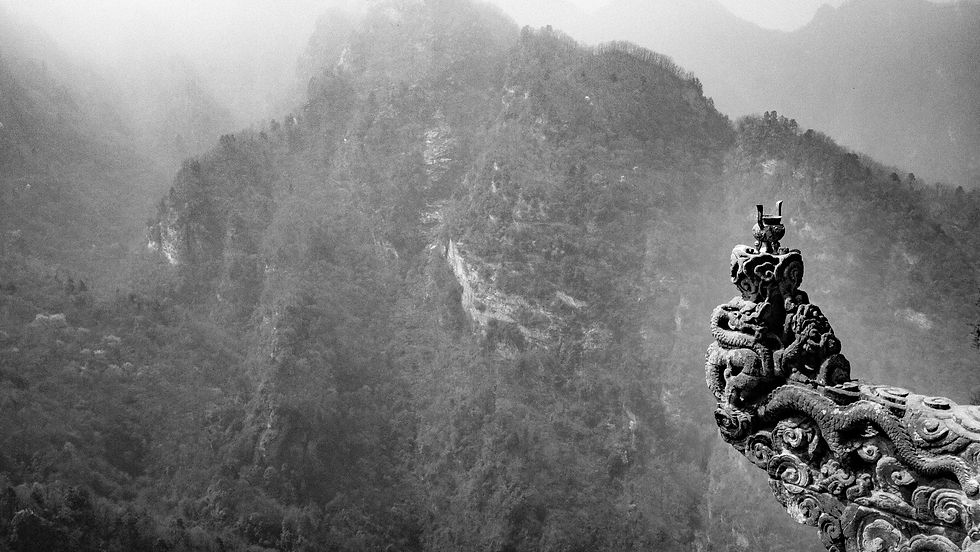京都秋艶 - 紅葉狩り Momijigari
- Robin Yong

- Feb 6, 2023
- 2 min read
Updated: Jan 14, 2024

Momijigari is an ancient Japanese tradition that translates to ‘maple leaf hunting’ — a popular pastime in autumn and a seasonal appreciation of autumn's breathtaking hues. As temperatures fall after the scorching summer, the colours of the leaves change into vibrant shades of orange, red, yellow and brown. This is a magnificent sight which has inspired artists and poets for the past few hundred years.
Momijigari is a unique tradition that many Japanese people hold close to their hearts, as they admire the warm red and yellow trees before the dark, cold winter. The tradition started in the Heian era. It refers to the activity of viewing the red, orange, yellow and green trees while strolling around fields, gardens and temples through the crisp autumn air.
Kyoto is probably the world's most famous place for viewing the autumn leaves. Generally, the best time to see autumn leaves in Japan is between mid November and early December.
This is also peak tourist season so hotel prices are usually at their highest and are often booked out in advance. All the stunning Buddhist and Shinto temples and shrines, beautiful Japanese style gardens, are often packed with tourists during this period.
As usual, I take a walk with my geisha friends in the afternoons (after their dance practices and lunch appointments) to admire the beautiful gardens and scenery, and of course we take some souvenir photos along the way. I actually came to Kyoto twice this year during the maple leaf season. We were lucky to avoid the crowds because not all the tourists are back yet after the pandemic. We basically have much of Philosopher's Walk to ourselves and of course the and the area around my ancestral temple.






Comments